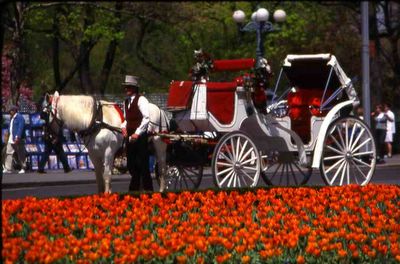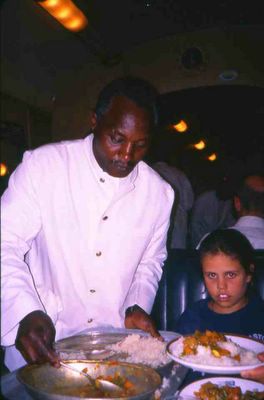
A friendly town on New Mexico's Route 66 was the setting for an important family moment in this Ribbons excerpt that recently ran as a front page feature in the Traveling Today department of iparenting.com. Enjoy, and feel free to pass this post along to others who had, have, will have or are glad they don't have teenagers...
Where shall we go next?






